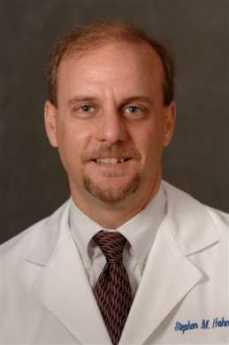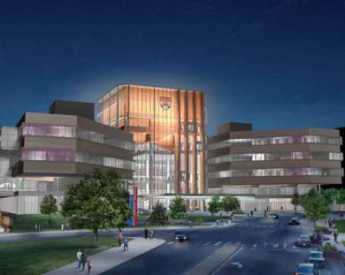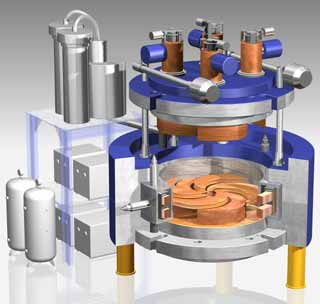Related Topics
Right Angle Club 2009
The 2009 proceedings of the Right Angle Club of Philadelphia, beginning with the farewell address of the outgoing president, John W. Nixon, and sadly concluding with memorials to two departed members, Fred Etherington and Harry Bishop.
Proton Therapy at Penn
 |
| Dr. Stephen M. Hahn |
According to Dr. Stephen M. Hahn, Chairman of the Radiation Oncology Center at the Hospital of the University of Pennsylvania, the means of delivering a dose of radiation to cancerous tumors has advanced a remarkable amount since the first linear accelerator was used to zap tumors in the early 1960s. The Right Angle club was host to Dr. Hahn who is overseeing the beginnings of this new technology called proton therapy at Penn where the Perelman Center for Advanced Medicine and the Roberts Proton Therapy Center will come on-line in November of this year. The center will be a state-of-the-art facility laid out in such a fashion that patients will be central to all the treatment areas and have access to every type of cancer treatment in one location.
 |
| Radiation Oncology Center at UPENN |
Over the years that radiation therapy has been used many advances have been made in delivering radiation using various methods of production of the radiation itself. The magnitude of the beam has been reduced with different sources and the accuracy of delivery has also improved. But one thing that has always been a problem is that images of the tumors were taken with technology that produced flat slices at right angles to the subject, the position vertically was not able to be determined which meant that the radiation could only be directed straight through the surrounding tissues and into the tumor which, of course, ensured that the surroundings got a good dose as well as cancer itself. Intensity modulation (IM) of the beams helped a good deal to ensure that less of the tissue on the far side of the growth was damaged but the collateral damage was still severe and often bad enough to require hospitalization because of the therapy itself.
With the improvement in the past 10 to 15 years in imaging technology it is possible to now create three-dimensional images of the tumors along with precise position data within the patient. This, along with improved beams of radioactive particles which are more finely focused and targetable, has allowed treatment with a good deal less damage to the healthy tissues surrounding the cancers because the beams can be directed from a number of directions thus allowing a full dose of radiation to reach the tumor while spreading out the amount received over the surroundings.

|
| Superconducting Proton Cyclotron |
Proton radiation, the technology of the new equipment being readied, further enhances the delivery in that it is possible to focus the beam ever more finely and, best of all, to use a level of radiation that is up to 70% less than even the IM method. Scans showing how the new technology lessens this collateral damage indicated that there was, indeed, still damage to healthy tissue but only to that very small area which was right up against the tumor, not throughout the entire surrounding volume.
It turns out that proton therapy is about two to three times as expensive as traditional therapy. With the lesser danger to the patient and fewer hospitalizations required because of damage caused by the treatment itself however, the cost is mitigated somewhat and this should improve with time. Proton therapy isn't indicated for every case but where it is it appears that cancers are going to have a tougher time than ever before at wreaking their damage and taking lives. The cyclotron which accelerates the protons to the proper level for treatment will operate 16 hours a day, Monday to Friday and 8 hours on Saturdays. Approximately 200 patients a day will be treated.
Originally published: Friday, June 05, 2009; most-recently modified: Monday, June 03, 2019